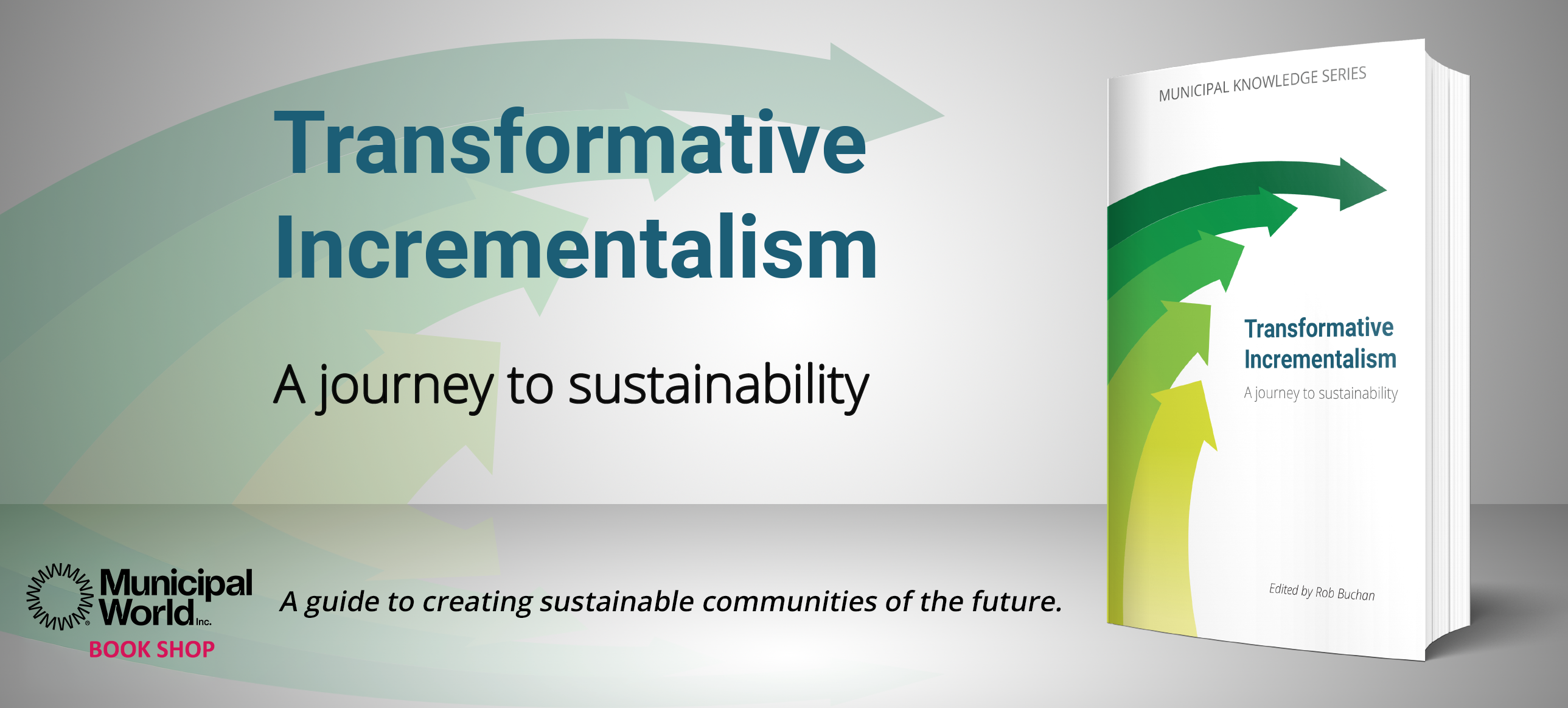Leveraging the power of LEAN in local government

Lean is not a new concept and Lean’s true beginnings are not agreed upon by scholars. Henry Ford is the most talked about pioneer of Lean, likely because he became famous and one of the richest men in the world. After many failed attempts to produce a vehicle, he adapted and applied a production method that created process flow in the early 1900s. This type of assembly enabled him to mass produce a vehicle that met the price and volume demands of the general public.
Over the next several years, the critical elements of flow were either lost or altered and applied ineffectively. One company in Japan, in the mid-1900s, recognized the importance of Ford’s concept and took it to another level. That company was Toyota. The next level was to understand the importance of changing the culture as well as creating flow. So, they turned the flow concept into a way of thinking throughout the entire organization called the Toyota Production System (TPS). The basis of the thinking was to have everyone in the organization focused on the client and providing value to the client. Through this thinking, from the CEO to the person on the manufacturing floor, they began the journey toward perfection – creating a culture that improved quality and cost, while increasing the level or speed of service.
North Americans began to realize that Toyota was changing the way customers thought about quality and they saw this Japanese import as a threat. In the late 1980s and early 1990s, studies and research were under way to discover what was different about Toyota. James Womack and Dan Jones headed up one of those studies with MIT students and compiled their findings in a couple books. The first was The Machine that Changed the World and the other was Lean Thinking.
The word Lean was coined as the methodology and thinking behind TPS. Lean “thinking” was the breakthrough we needed to understand what the principles were behind the concept. Uncovering that Lean was not a tool, but a way of thinking, was the key. It was a cultural transformation that required a structured way of creating change to the “system” and not just points in the system. And, the exciting part, if done properly, the positive results on quality, cost, and service were maximized and the results were sustainable because the culture of the organization was transformed to support the thinking.
What is Lean?
Lean is a philosophy and methodology to maximize customer value and staff engagement. For municipalities, this is about creating citizen value while reducing the unnecessary waste and inefficiency.
When an organization is using the Lean approach, it is seeking to understand how customer value is achieved and continuously improving the key processes to increase that value. The ultimate goal is to ensure perfect value to the customer through a value creation process that eliminates waste.
When understood, Lean helps to reform the all too typical management focus on optimizing separate and/or individual technologies, assets, and vertical departments and, instead, directly focuses the flow of products and services through value streams (end-to-end processes), moving horizontally across technologies, assets, and departments, and eventually on to customers.
Eliminating waste along an entire value stream, as described in the sidebar, instead of at isolated points, creates processes that require less non-value human effort, less space, less capital, and less time to make products and deliver services. The result is far lower costs and fewer errors compared to traditional business systems.1
Why Lean Is Important in Municipal Government?
Organizations across North America have struggled to provide products and services at reasonable costs while continually meeting the increasing demands of their clients for better quality, more flexibility, and faster service. Local government has not been immune to these pressures.
Local governments recognize that their budgets are under increasing pressures and that something must change if our communities are to remain sustainable. It is no longer an option for local governments to defer infrastructure needs in order to support the day-to-day services that citizens have come to expect. As elected councils resist increasing tax revenues for municipalities, the requirement for local government administrators to be more efficient with their existing resources will be (and is) a new reality.
To highlight this situation, the Association of Municipalities of Ontario report “What’s Next” indicates that, in order to eliminate the infrastructure gap in the province, it would require an 8.35 percent increase in property taxes sector-wide to address this deficit up until 2025. Putting aside whether this is feasible or the best means to eliminate the gap, it is indicative of the fiscal constraints municipalities are facing.
The tools that municipal administrators have been using to date have not been very successful. In Ontario, for example, the most widely leveraged tool has been the Core Service Review. This tool has shown to be limited in many cases and has not delivered the expected results/improvements. While Core Service Reviews generate current information regarding the services being delivered in a municipality, this effort has far too often become a paper exercise where locally-elected officials, even when presented with opportunities to consider such options, are reluctant to reduce services, as cuts to these service levels are not typically well received by the public.
Creating Change and Improvement
Municipal professionals need methods of creating change and improvement within their organizations that focus on doing “more with what they have” so that resources can be freed up to accomplish other activities. This approach enables municipal organizations to sustain present activities and/or provide breathing room for existing services. This type of an approach is far more palatable and enables a “proof of concept” model for elected officials other than the common alternative that seeks out increased budgets or external sources of funding relief.
Improvement efforts in municipal organizations can sometimes be categorized as “band-aid” solutions with the implicit knowledge that real progress is being put to the side. With this comes the risk that municipalities are only taking care of the most immediate demands, and not necessarily planning for the future, let alone sustaining existing services.
The reality is that many of the existing methods of change have limitations and fail to provide a road map for achieving the desired results. Yet, the current reality and situation require local governments to be increasingly more effective at managing costs while improving services.
For municipalities, Lean represents an opportunity for service managers to focus on better analyzing business activities and assist in making sound decisions to optimize service delivery for the citizens of your community. It is important to understand that Lean is not a solely management-driven exercise, but one that requires the engagement of staff in solutions that focus on “system” level improvements instead of “point” improvements.
For too long, many municipal organizations have dedicated significant time and energy on “point” level improvements that, in the end, result in a degree of “exciting chaos.” However, these impacts made at the “point” may not have the same positive impact upstream and downstream – thus, the citizen may see very little positive impact and possibly see a negative impact. Inherent within Lean is a focus on the “system” level improvement to ensure an organizational perspective – one where impacts are throughout the entire business process and the positive impacts will be measurable on the bottom line, as well as in respect of the quality/level of service experienced by the client/citizen.
Continuous Improvement Journey
When implemented properly, Lean can actually improve staff pride of ownership, create a culture of working together, and increase the organization’s ability to do more with what they have, while doing it faster and at less cost.
However, Lean is not a “one solution fits all” approach. Every organization must recognize where they are in their continuous improvement journey and consider a plan based on their unique objectives/strategy and their propensity for change. Therefore, understanding how to apply the concept and thinking can be a challenge for municipalities, but the rewards and results are worth it.
Lean is both tried and tested in the private sector and, more recently, has proven successful across all levels of the public sector. Increasing numbers of municipalities are leveraging the power of Lean thinking within their organizations and, when done correctly, are experiencing improvements in their input costs, quality, and service, as well as increased pride of ownership of their staff.
In a follow-up article, we will showcase several short case studies that have demonstrated the effectiveness of implementing Lean in local government. MW
Value Stream Mapping
Value stream mapping is a Lean technique to document, analyze, and improve the flow of information and/or materials required to produce a product or service for a customer. Value stream mapping differs from the process mapping in many ways:
1. It gathers and displays a far broader range of information than a typical process map.
2. It focuses on activities, and not the people or departments.
3. It identifies all activities, from the request for a product or service to the satisfactory delivery of that product or service (i.e., from receiving of raw material to delivery of finished goods).
4. It creates a future state vision and a future state implementation plan that identifies a schedule for future improvement projects, sub-projects, and/or other events and the tools required, such as Six Sigma, 5S, cells, mistake-proofing, etc., along with the effort required, key performance indicators, and expected outcomes.
A value stream map (also known as an end-to-end system map) takes into account not only the activity of the product/service, but the management and information systems that support the basic process. This is necessary when working to reduce cycle time, because insight is gained into the decision-making flow in addition to the process flow.
Source: <www.isixsigma.com/dictionary/value-stream-mapping>
Larry D. Coté is President of Lean Advisors, Inc., leading Lean consultants in Canada and the U.S., effectively adapting and applying Lean concepts and methodologies to all environments – government, educational, and financial institutes, service, manufacturing, etc. – and transferring the expertise to clients.
Jag Sharma is a results-driven executive whose career has spanned the private and public sector in progressive leadership roles. He was recently appointed CAO of the City of Oshawa, having spent the previous four years as Commissioner of Community Services. As a Lean Six Sigma Black Belt professional, he has successfully led multiple process improvement projects in various sectors.
as published in Municipal World, July 2016



